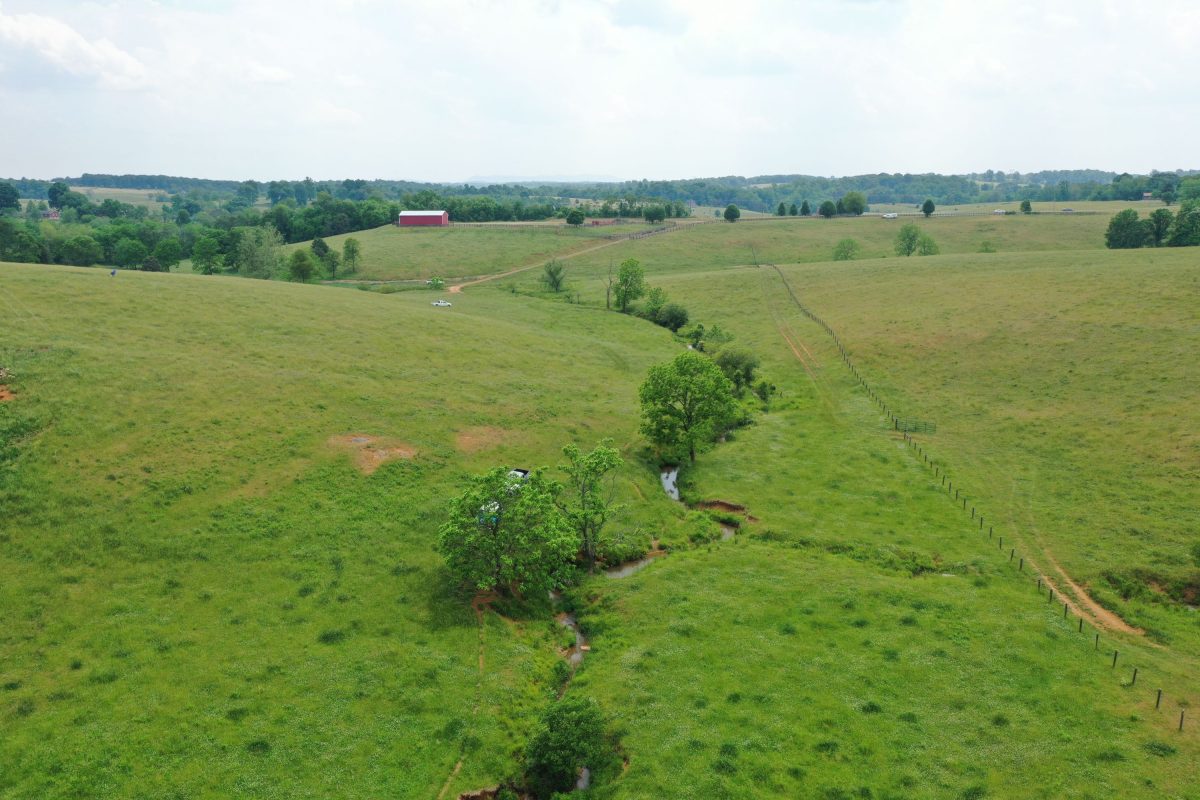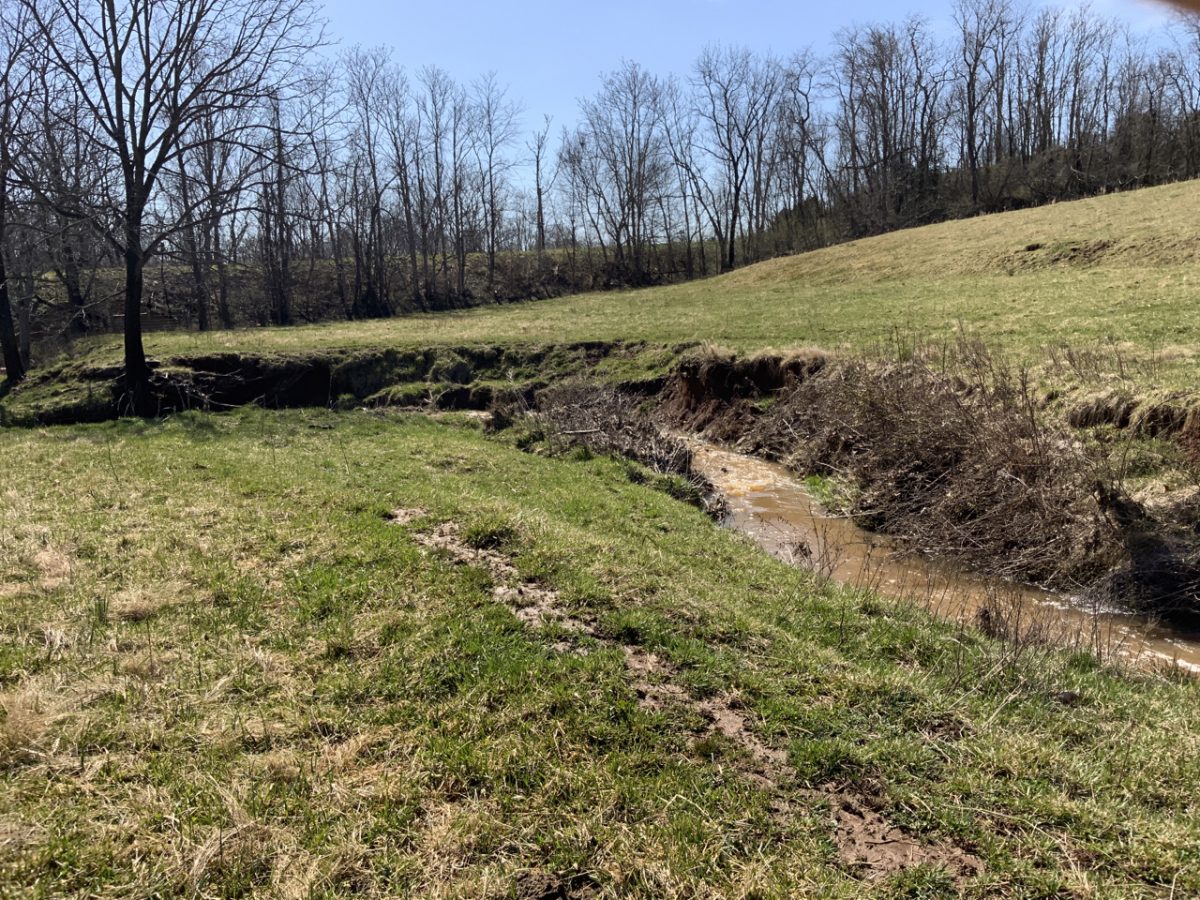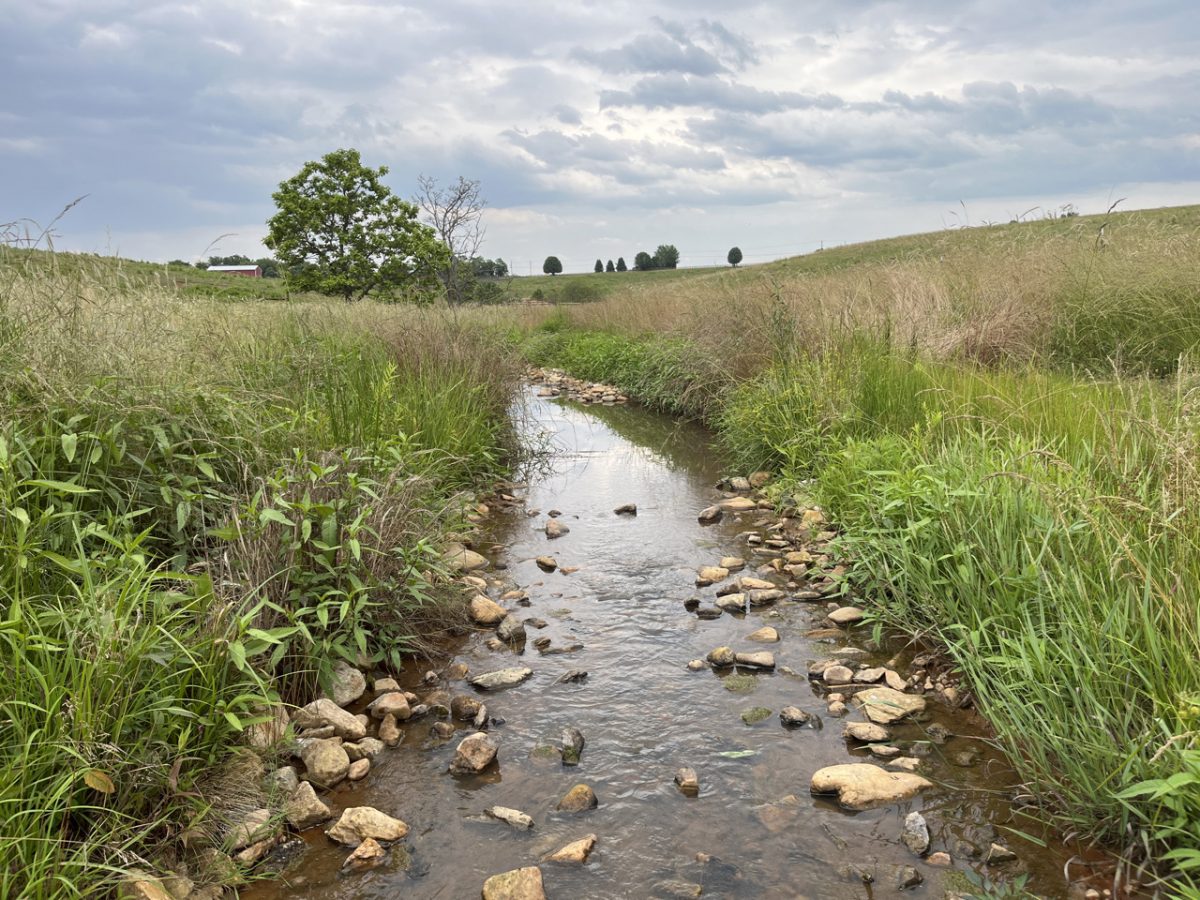Shoulder Run Stream Restoration Nutrient Bank
CONTACT


Shoulder Run, before stream restoration

Shoulder Run, before stream restoration

Shoulder Run, after stream restoration
PROJECT SNAPSHOT
Project Type
Nutrient BankLocation
Virginia | Bedford CountyService Area
Upper Roanoke River WatershedProject Size
- Wetland: 12 AC
- Streams: 5,360 LF
Solution
Wetland and Stream MitigationCredit Types
- Nutrient
Ask About Credits
The Shoulder Run Stream Restoration project is a Nutrient Bank for the Upper Roanoke River. The project included restoration of headwater stream systems within active pasture land. Before construction, cattle had full access to the stream, heavily degrading the banks. There was no riparian buffer before the project’s completion. Soil sampling yielded the highest values of total phosphorus and nitrogen sampled at a site by RES in the Mid-Atlantic to date. By repairing the degraded banks, we prevented 309.68 tons/year of total suspended solids, 1375.85 lbs/year of total phosphorus, and 881.67 lbs/year of total nitrogen from entering the Chesapeake Bay. A mixture of design techniques was used based on the type of degradation and landscape limitations, including beaver dam analogs in a highly incised section with no realignment potential, floodplain restoration with a small baseflow channel, online restoration working with existing bedrock, oxbow ponds left along the existing alignment, and natural channel design with channel realignment. With the high nutrient load in the soils and designed highly saturated floodplains, vegetation recruitment has been highly successful at this site. Restoration at this site has created a highly functioning eco-corridor with a highly connected floodplain and a stream system with diverse habitat niches. RES was responsible for the landowner coordination, crediting, design, permitting, and monitoring of this site. KBS completed construction with oversight from RES staff.
